Looking to explore more of Laos beyond the usual destinations Luang Prabang and Vientiane? I had a chance to check out an under-the-radar spot in Central Laos on a writing assignment. Known as the Laos Loop, I travelled through the Bolikhamxay and Khammouane provinces on a 5-day road trip that started and ended in Vientiane. If you are keen to see a very untouristy and natural side of Laos, here’s a guide on what to see and things to do on the Laos Loop.
The Loop is definitely off the beaten path – it’s mostly known to western bike-riders looking for their next big adventure, but Laos Tourism is looking to open up more of the country to more mainstream tourists. This media trip was pretty interesting because they invited a mix of journalists and tour agents from various countries around the region to experience the Loop and give feedback on how we think it can be promoted or improved upon for your general tourists.
Props to all the awesome people I met on this trip and the Straits Times who sent me on this journey in the first place – read my article online here or at the ST website (paywall) and check out the video I made.
What is the Laos Loop?
The Laos Loop is a route that circles around the Phou Hin Poun National Park in the Khammouane province east from Vientiane by road. Most international tourists will probably enter Laos via Vientiane so you will pass through Bolikhamsay province en route to Khammouane.
Here’s a map that covers most of the points that I mention in this article. The Tourism Khammouane page is also a pretty useful resource for things to see and do around The Loop.
[googlemaps https://www.google.com/maps/d/u/0/embed?mid=1ZtK3eKDtJGOSbyyuh4J5YqNIoWGT6TsZ&w=640&h=480]When to travel the Laos Loop
The best time to do The Loop would be during the dry season from November to March when there is less rain and better weather overall for driving. I visited in July which was just about the start of the rainy season, so we did get some rain in the evenings and on the road, but it also turned the usually clear rivers a murky brown, which is not great for pretty pictures.
Getting to Central Laos
The Laos Loop is something you need a little more time to cover sufficiently as it involves a lot of land travel, so it’s not something I’d recommend doing over a weekend. Ideally, I’d say at least 4-5 days minimum.
Singapore to Vientiane
SIN > LPQ > VTE > SIN
For Singaporeans, the most direct route from Singapore to Laos is via Scoot, the only airline currently offering a non-stop flight option from Singapore to Laos. The flight route is a loop in itself, stopping first at Luang Prabang (LPQ) briefly, before hopping to Vientiane’s Wattay International Airport (VTE) and then finally returning to Singapore. More about that here.
SIN > BKK > VTE
Scoot only flies to Laos on Monday, Thursday and Saturday so if you do want to fly on another day, you’ll need to make a transit. For this trip we flew via Thai Airways which took us about 6 hours in total including transit time at Suvarnabhumi airport in Bangkok (BKK).
Singapore to Nakhon Phanom
SIN > DMK > KOP
Alternatively, if you’d rather start the Loop journey from Thakhek which is one of the major stops on the route, you could fly into Thailand’s Nakhon Phanom Airport (KOP) via Don Mueang Airport (DMK) instead. Nakhon Phanom is right across the Mekong River from Thakhek and from there it should take about an hour’s drive to get to Thakhek. You will need to cross an international land border though.
Things to do on the Laos Loop
For our itinerary, we spent the night in Vientiane, headed out towards Bolikhamsay and Khammouane for the next 4 days and spent the last night in Vientiane before flying back to Singapore. Here are some of the highlights along the way.
Most of this guide focuses on Khammouane, but I did include some stuff about Bolikhamxay that you could do if you rather not make the long Loop journey.
In Vientiane, I stayed at the Chanthapanya Hotel [booking.com affiliate link] and I thought it had a great location where you could walk to the night market along the Mekong River quite easily. Check out this post for more things to do in Vientiane.
Wat Phabath
Bolikhamxay
Wat Phabath is located about an hour away from Vientiane on Highway 13. The Lao thing to do is make your first stop at this temple to get blessings by the monks for a safe journey ahead. The interior is very colourful and the roof and pillars are covered with beautiful Buddhist images. On a religious note, Wat Phabath is an important Buddhist pilgrimage spot as it is home to a giant 2m+ long gold-plated footprint believed to belong to Buddha, as well as a large gold reclining Buddha statue.


Details: Open daily 8am – 5pm. Entry fee 10,000 Kip (~S$1.60)
Note: Women will need to wear a Sinh or a long Lao wrap skirt to enter the temple. Wearing long pants isn’t enough. You can rent one at the door if you don’t have one.
For those interested in temples, cross the road to Wat Phonsane which is where it was believed that Buddha took his meals.
Also worth checking out if you don’t feel like making the journey all the way to Khammouane are the Phou Khao Khouay (PKK) national park nearer to Paksan where there are some pretty waterfalls at Tad Leuk and Tad Xai. We didn’t stop to check these out, but here’s more info over at Travelfish that suggests you could do this as a day trip from Vientiane if you are short on time.
Limestone Forest Viewpoint
Na Hin, Khammouane
As we crossed over the province border into Khammouane, the flat fields soon transformed into forested hills. Somewhere along one of the uphill road bends, we stopped at the Limestone Forest Viewpoint on the northern end of the Phou Hin Poun National Biodiversity Park, overlooking the Hin Boun forest.
The viewpoint is pretty small, and there’s not much else around though it seems like they’re currently building a nicer viewing pavilion. In any case, it’s a nice place to stopover and stretch your legs in the middle of a long drive.
Kong Lor Village
Khounkham, Khammouane
Kong Lor is kinda in the middle of nowhere – we turned off Highway 8 and entered a valley of sorts, surrounded by rice fields on either side and bordered by karst mountains. It was a pretty long bumpy road with a lot of potholes.
We stayed in Kong Lor Village for the night, and while it does have some guesthouses and homestay facilities, it’s a perfect introduction to the simple Lao village life. We took a stroll around the village, eating freshly grilled chicken innards (liver and heart!) and watching the village children jump into their swimming hole. It’s really for those people who want to sit back and chillax to the max.
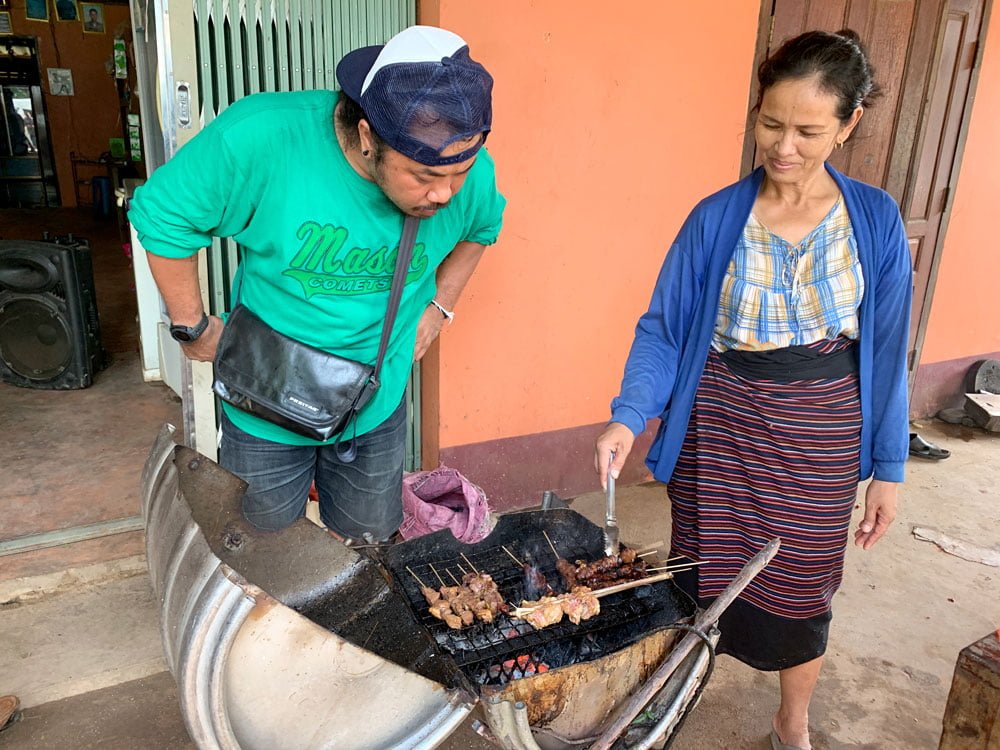
Where to stay
We stayed the night at Kong Lo View Hotel which is right at the entrance of the road to the Caves. My room had two queen beds with an attached toilet, and most importantly air-conditioning and fans for ventilation which was a godsend in the humidity of the early rainy season. I forgot to take a picture of my room, but the pix on the website are pretty accurate.
Check out Kong Lo View on booking.com [affiliate link]

We also checked out the nearby Kong Lor SpringRiver which is off the main road. While we didn’t stay here, we had our meals here and got to check out the rooms as well. We intended to do a little kayaking in the beautiful springwater river that the resort overlooks, but unfortunately, the current was too strong then as there had been heavy downpours the night before. It’s a lot more foresty here, so beware of lots of insects.
Check out Kong Lor Springriver on booking.com [affiliate link]
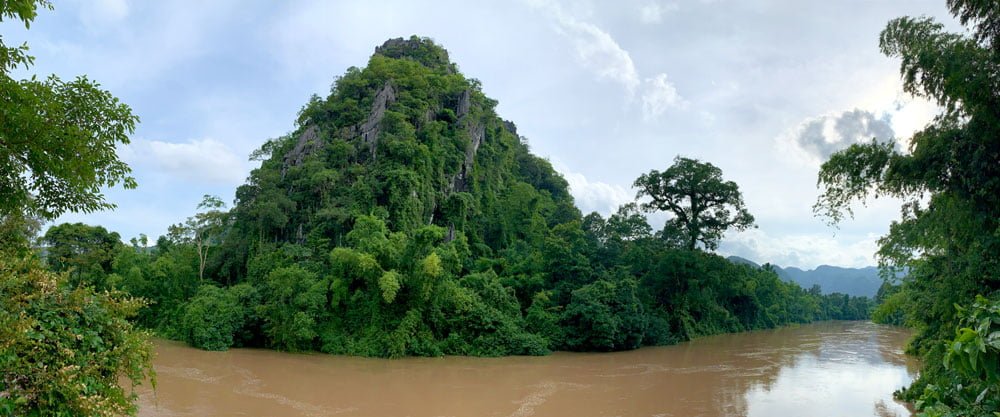
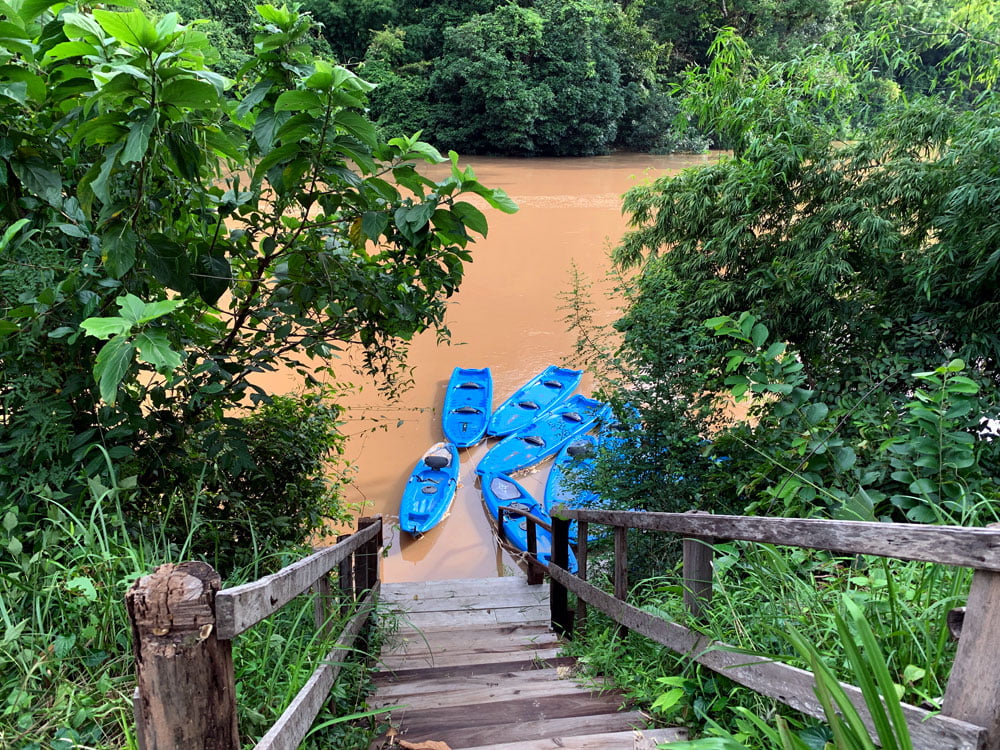
Kong Lor Cave
Khounkham, Khammouane
The entire reason we made our way to Kong Lor was to check out the Kong Lor Cave, one of the main sights to see on the Loop. This 7.5km long limestone cave was carved out of the mountain by the Hin Boun river and connects Kong Lor to Natan on the other end.
From the Kong Lor side, we first had to cross the river to get to the cave entrance as there are some rapids there. A short walk from the beach brought us to the entrance where we transferred to another boat that brought us into the cave itself.
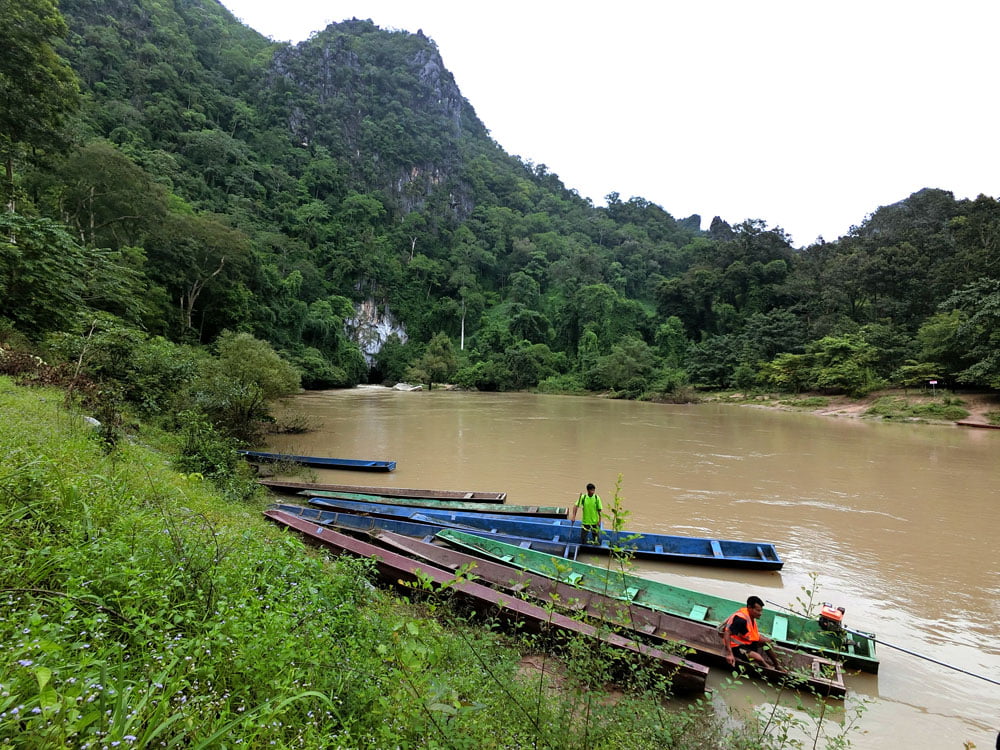
Inside the cave, there is no light at all save for what’s on your boat or your headlamp. We sailed along in semi-darkness, taking in the occasional bats and dripping waters. About 10 minutes in we reached a spot where there was a beach landing. That’s where we got off the boat for a bit and walked along a path to see some rock structures. You need a good guide or a good imagination because there aren’t any signs here to tell you much more.
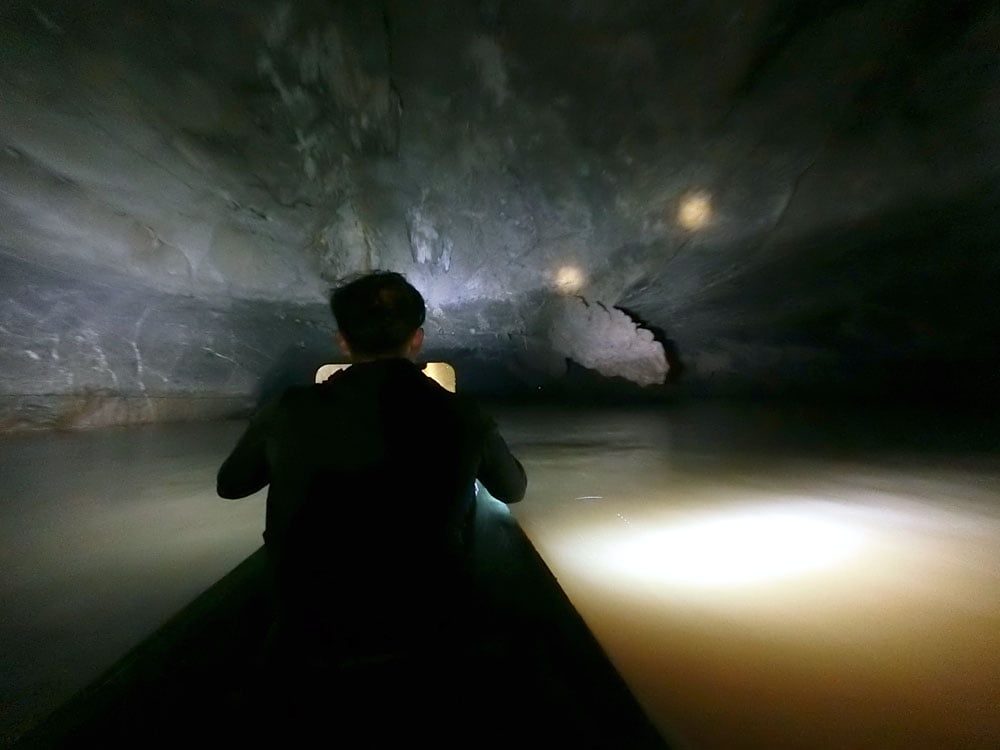
From there, we hopped back on the boats for another 20-minute ride to the other end of the cave. Some bits had high soaring ceilings up to 100m high, other bits were much lower, but the overall cave is still quite impressive. The motor sound is kinda loud and it apparently leaves soot stains on the cave, but without the motor, it apparently takes 2-3 hours to traverse the cave!
The cave ended and we cruised along through a foresty area before we disembarked at Natan, where there is a clearing like an outdoor campsite with seats and a few shops amidst the trees. The boat people usually leave you here for about 2 hours, and you can trek around here or rent a bicycle and cycle to the nearby Natan village to explore. You can stay over here in Natan for the night in a homestay if you want.


Details: Open daily 8am – 5pm. Entry fee including a roundtrip boat ride (to Natan, stopover 2 hours) 65,000 Kip/pax (~S$10)
The boats are pretty rickety – be careful and fidget as little as possible. Wear good shoes you don’t mind getting muddy for the muddy areas or slippers and don’t be too surprised by water dripping onto you as you pass through the cave
Ban Phonthan Weaving Centre
Phonthan, Bolikhamxay
One thing I noticed about the women in Laos is that even those in the cities, most of them still wear their traditional sinh skirts even with their office wear. I’m in awe of the intricate embroidery in these pieces, and we saw a lot of weavers in the villages that we visited on The Loop. One place we stopped at to learn more about weaving was the Ban Phonthan Weaving Centre
Phosy Thalang
Thalang, Khammouane
As we headed down the eastern edge of the loop, I noticed that the landscape was beginning to change again. Forests were giving way to felled and dead trees poking up amidst bodies of water – was this due to the heavy rainfall?
It turns out that Laos is a big producer of hydropower, and around this region is where they flooded some areas to create the Nam Theun dam. We popped into the Nam Theun 2 Visitor Centre to learn a bit more about this the following morning when we left, but it really isn’t that interesting a stop for most general tourists unless you want to stretch your legs or use a nice toilet.
But back to Thalang – we stopped over here for the night to break up a long driving stretch and we were hoping to catch the sunset as we took a boat out onto the artificial reservoir at Phosy Thalang, but alas we only had grey skies and tons of clouds though it was quite an interesting view.
The guesthouse at Phosy Thalang was interesting in itself – built along the water, these bungalows are quite small and basic, though they are equipped with mosquito nets and fans, and have their own attached bathroom. You’ll probably want to spend more time hanging outside the room because they feel a little claustrophobic during the day and are really meant for just sleeping in at night.
Check out Phosy Thalang at booking.com [affiliate link]
Thakhek Town
Thakhek, Khammouane
It was a long drive before we finally reach Thakhek, the capital of Khammouane and a popular base for travellers looking to explore the Loop. Here is where you can cross the border over to Thailand’s Nakhon Phanom across the Mekong River.
Thakhek is also known for its architecture. The old town is a hodgepodge of French Colonial buildings alongside more traditional wooden houses, shophouses and stone residences. We mostly ventured out at night because it was way too hot in the afternoon when we arrived, so I don’t have any decent pix >_<
Where to stay
We stayed at the Inthira Hotel in Thakhek, a small hotel near the Mekong River and within walking distance of the night market. It’s quite a comfortable hotel but I might have been plagued some mites in my room. No one else was affected though so it could just have been me, but that aside I thought this was a pretty nice hotel and would recommend it to other people.
Check out Inthira Hotel at booking.com [affiliate link]

Sikhottabong Stupa
Thakhek, Khammouane
This temple is one of the most important religious Buddhist spots in this region. This 29m tall stupa dates back to the 6th century and commands a beautiful serene view of the Mekong River. It is also linked with other religious buildings in Nakhon Phanom and home to Buddhist Relics.
Tham Nang Aen / Nang Aen Cave
Thakhek, Khammouane
Thakhek and the Loop are famous for their numerous caves, they even have a stretch north of the city known as Cave Alley for the sheer number of caves that you visit. One popular cave is the Nang Aen (or Nang Ene) Cave, which is a great place to check out on a hot day because it is perpetually cooler down here.
It’s more commercially developed compared to Kong Lor, festooned with multicoloured lights and even a fairy light tunnel for the ‘grammers. The rocks here are better labelled and the whole cave system is well lit, no need for additional headlamps.
I enjoyed the stone staircase that made it look quite grand. The cave’s name Nang Aen literally means to sit and flirt, named after a pair of lovers who did just that in this cave. You can see rock representations of the male here (can’t miss that phallic appendage) but the female rock is located further inside the cave and you need to take a boat ride to get there.
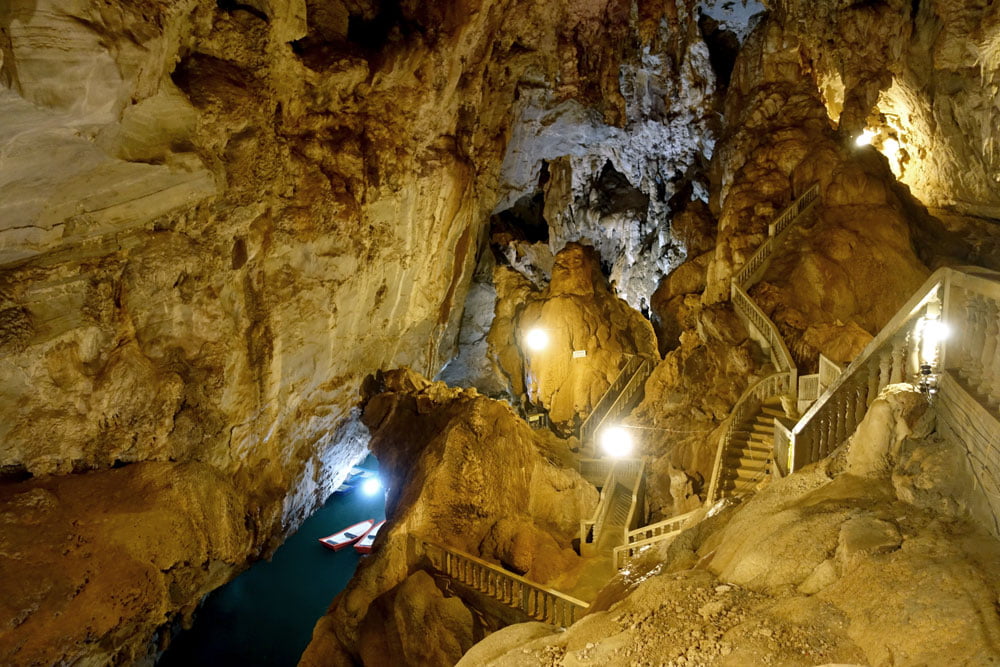
I recommend taking the boat ride as a way to admire the cave up close. These boats are rowboats without motors, just a hardy youth paddling up to 3 people down the river that runs through the cave. We didn’t have time to do the full tour and only got to see a little bit of it – it takes about 2 hours to paddle into the cave, take a bit of a walk and then paddle back.

Details: Open daily 8am – 5pm. Entry fee 30,000 Kip (~S$4.80), 2-hr round trip Boat ride 20,000 Kip (~S$3.20)
Tham Pa Fa / Buddha Cave
Thakhek, Khammouane
Not far from Nang Aen is another cave that’s more significantly religious. This one is more of a literal hole in the cliff wall that was discovered quite recently by a local villager in 2004. What’s special about this cave is that he found more than 200 Buddha statues in this cave. It’s kinda like Pak Ou in Luang Prabang on a smaller scale.
There is a boardwalk built that takes you over the marsh and water to the cliffside. From there, our guide proclaimed we had to climb a 200-step flight of stairs to get to the cave. It turned out to be only about 60+ steps, I counted.
Unfortunately, no pix were allowed inside the cave so I can only describe it to you here – you have to remove your shoes at the top of the stairs, and then walk along a short corridor and then clamber into a tiny hole that leads to a rather stuffy cave that looks like the interior of a very mini temple. Here you can get blessed by a monk, make your offerings and see the many statues of the cave in a room-sized space.

Details: Open daily 8am – 12pm, 1pm – 5pm. Entry fee 5,000 Kip (~S$0.80)
Note: Women will need to wear a Sinh or a long Lao wrap skirt to enter the temple. Wearing long pants isn’t enough. You can rent one at the door if you don’t have one. There is a limit of 30pax in the cave at any one point because it is a tiny space, so you may have to wait around if it gets crowded.
Khoun Kong Leng / Kong Leng Lake
Thakhek, Khammouane
The drive back from Thakhek to Vientiane took us practically the entire day, starting off at about 8am and finishing at 5pm. We did stop for lunch and some breaks, as well as a quick stop at this particularly pretty lake just north of Thakhek.
Normally a popular picnic and swimming spot, the Kong Leng Lake is a lovely light blue colour but it was undergoing some renovation when we were there and is technically closed to the public. Still, I think it’d be a nice place to hang out and cool off when it gets hot.
Laos travel tips
Singaporeans can only exchange Lao Kip when they are in Laos. Most people recommend you do it at the Vientiane airport – there’s apparently a counter at the baggage carousel area where you can do so, and there are some in the public area as well.
Lao names are quite inconsistent when translated into English. You might notice that signage or the same place can be spelt in many different variations, and looking things up on a map might be difficult or confusing.
If you need data, I recommend picking up a 30-day SIM card with 7GB data-only for 50,000 kip (~S$8.00) at the airport arrival hall. The connection is usually better and it’s much cheaper to get your SIM card in Laos itself – Changi Recommends does have a Beeline SIM Card but I think it’s pretty expensive at S$22 for 7 days of unlimited data.
What to eat in Laos
Lao food reminds me of Burmese and Thai cuisine. The Lao staple is sticky rice and you’ll find it practically anywhere you want to eat. It usually comes in a small bamboo basket, and you can usually get steam white rice if you’re not into sticky rice, but if you want to eat like the locals do, definitely try some sticky rice.
I’m not usually someone to buy stuff from roadside stalls, but I have to say when it comes to fruit in Laos, their pineapples and bananas are excellent! I especially loved their tiny bananas, they taste so different from the ones we get in Singapore. We picked up some grilled chicken and sticky rice on the go as well and it was so good.
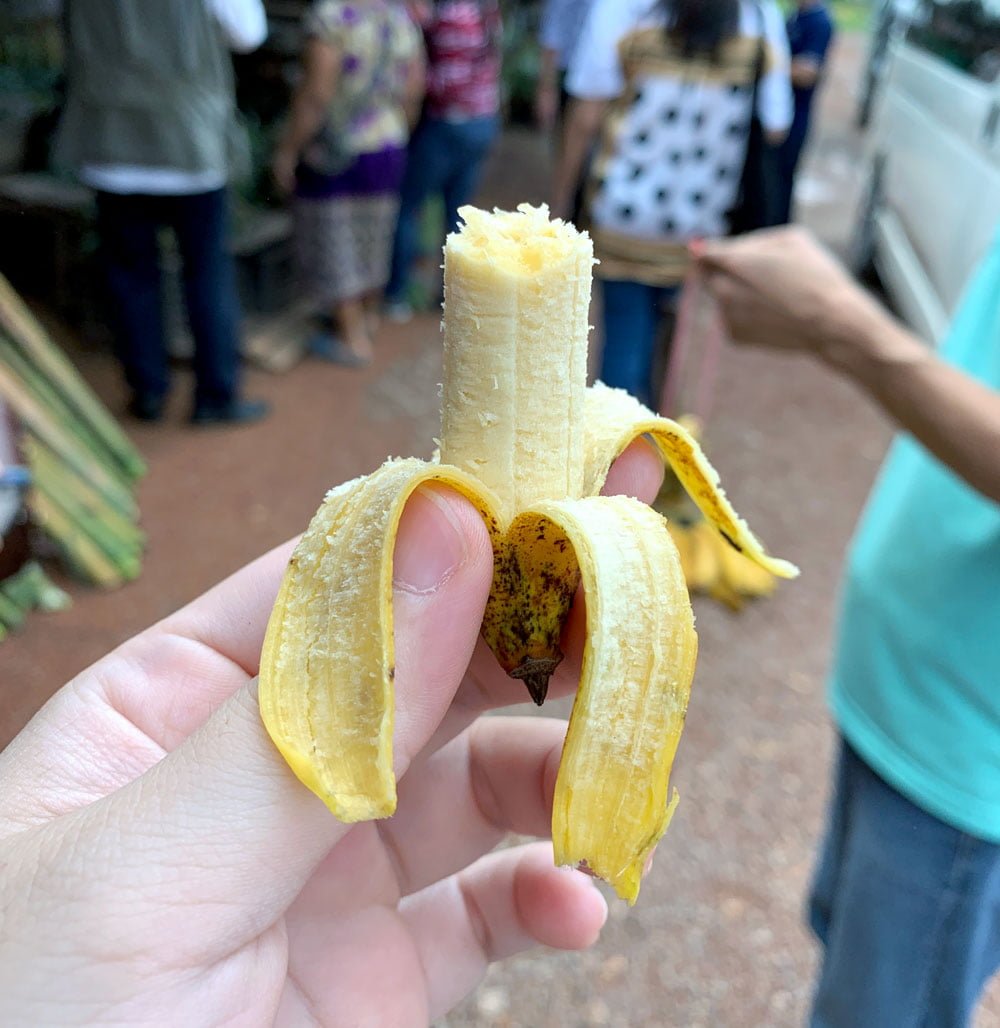
Have you been on the Laos Loop? Tell me what I missed. Also, check out my posts about Vientiane and Luang Prabang for more on Laos.


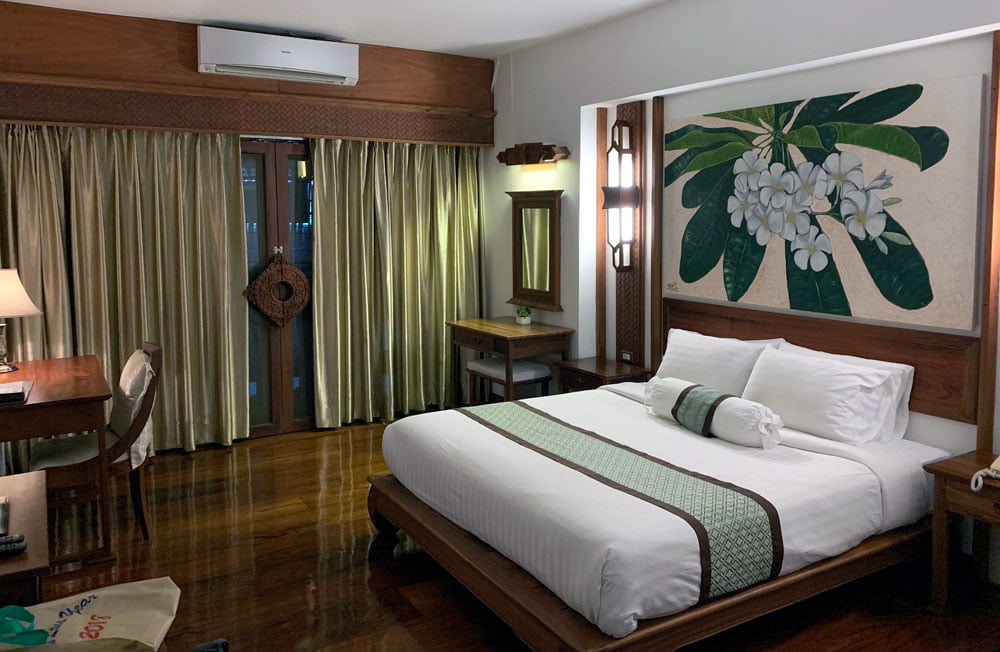

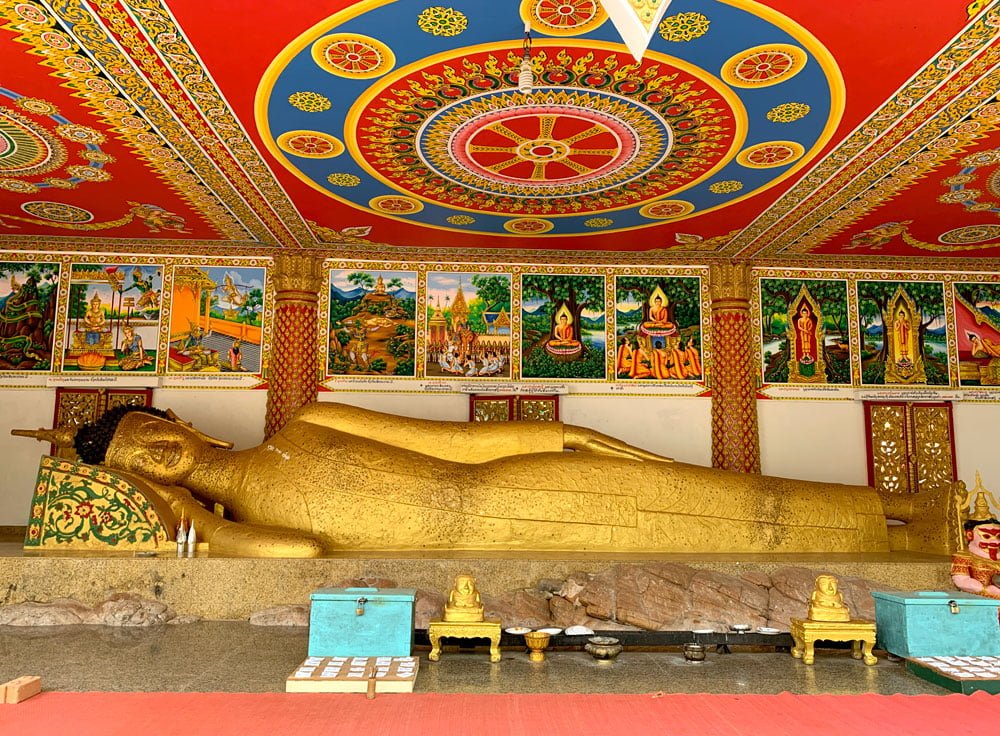
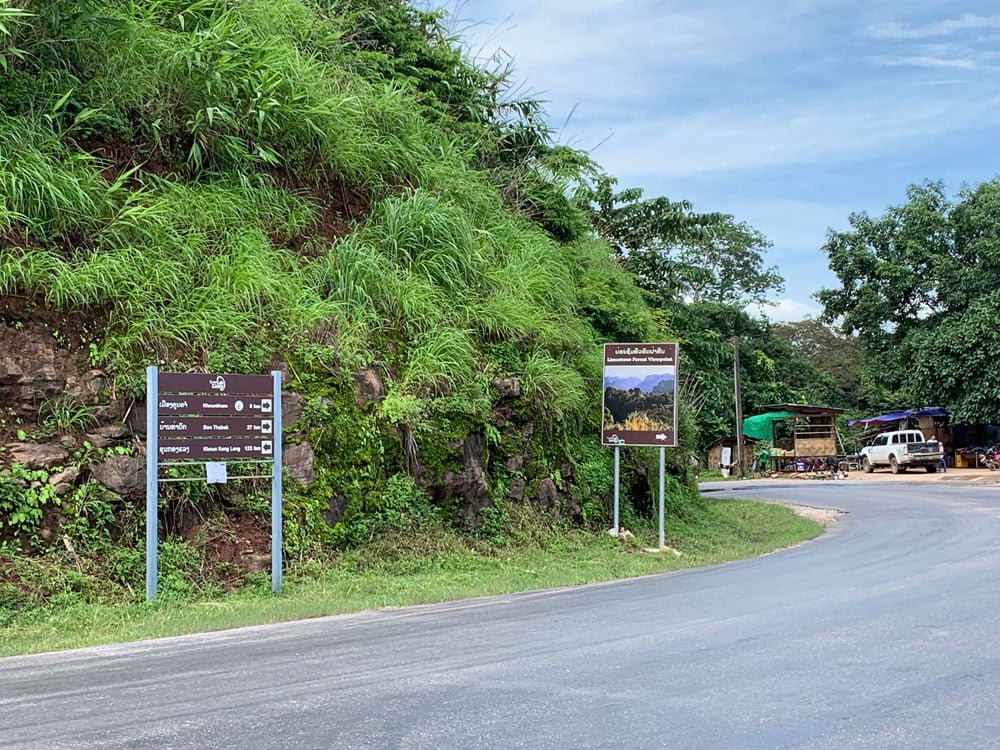

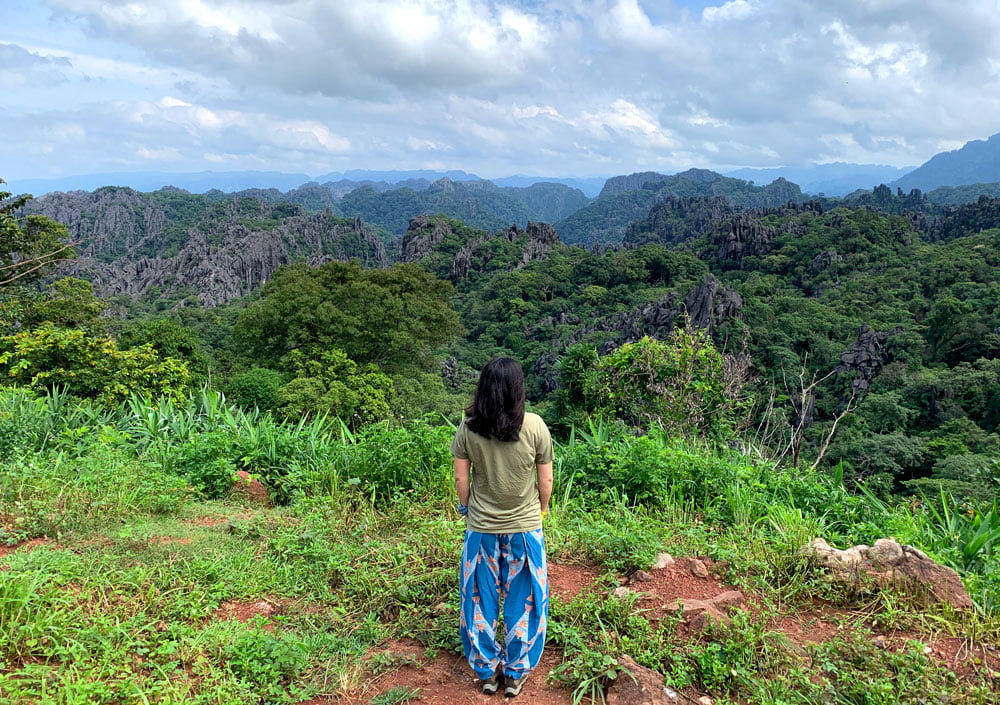
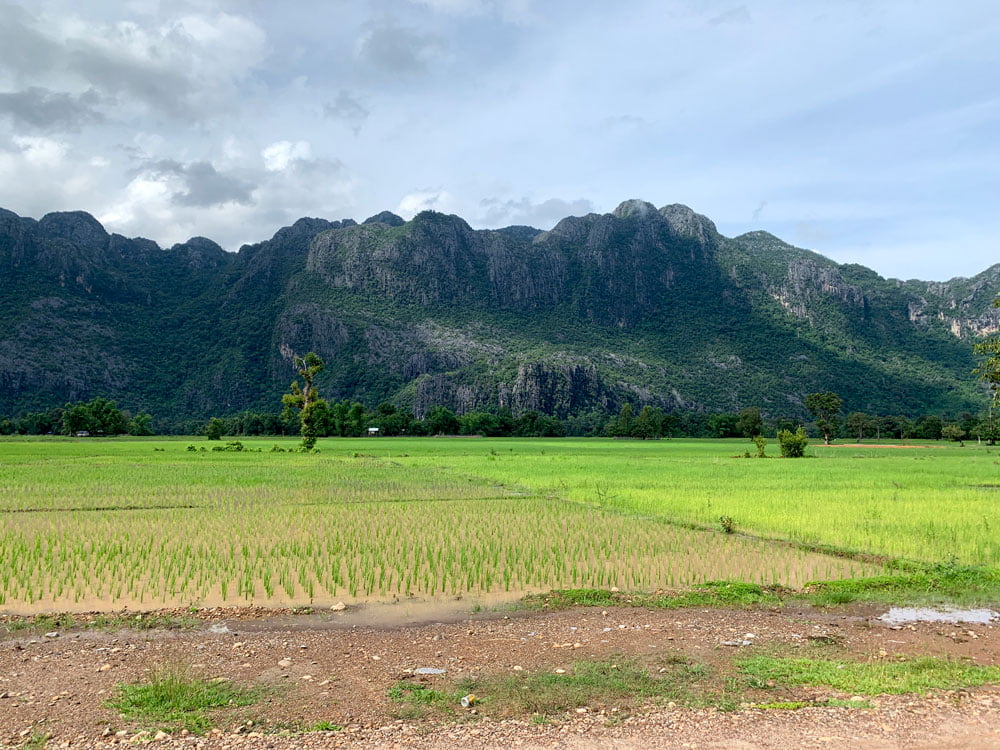

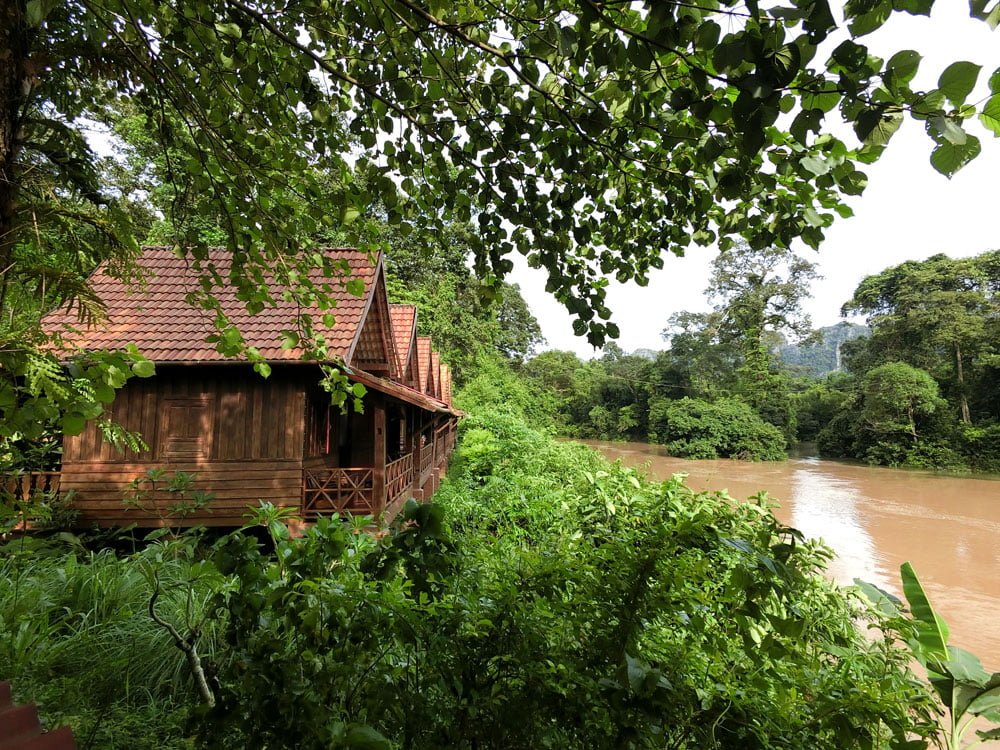
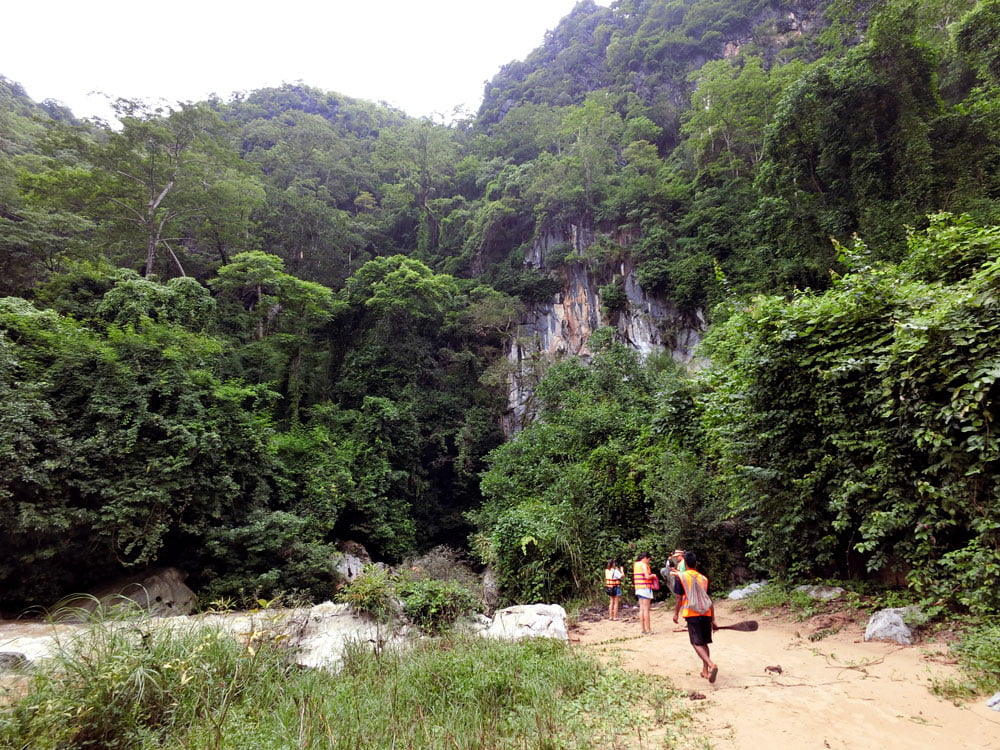


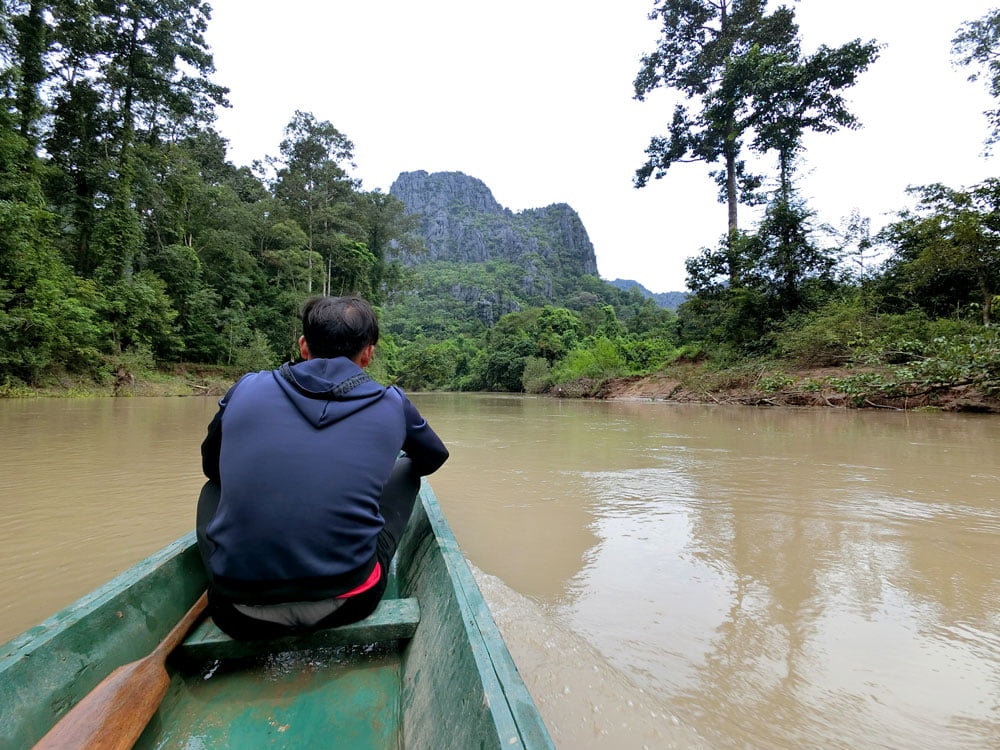
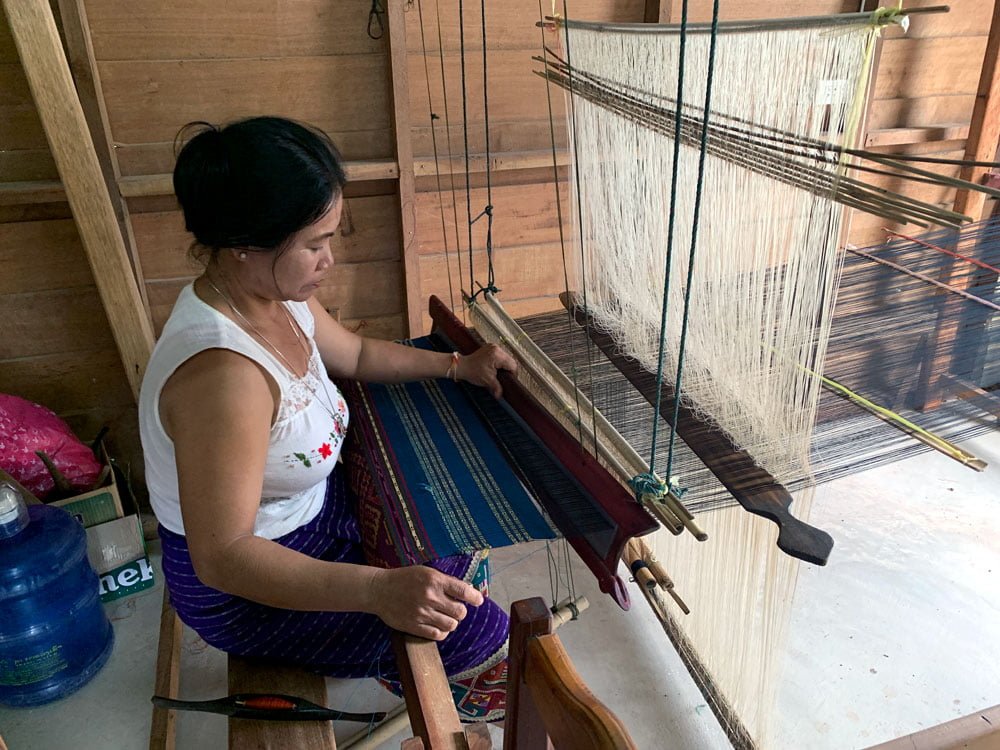
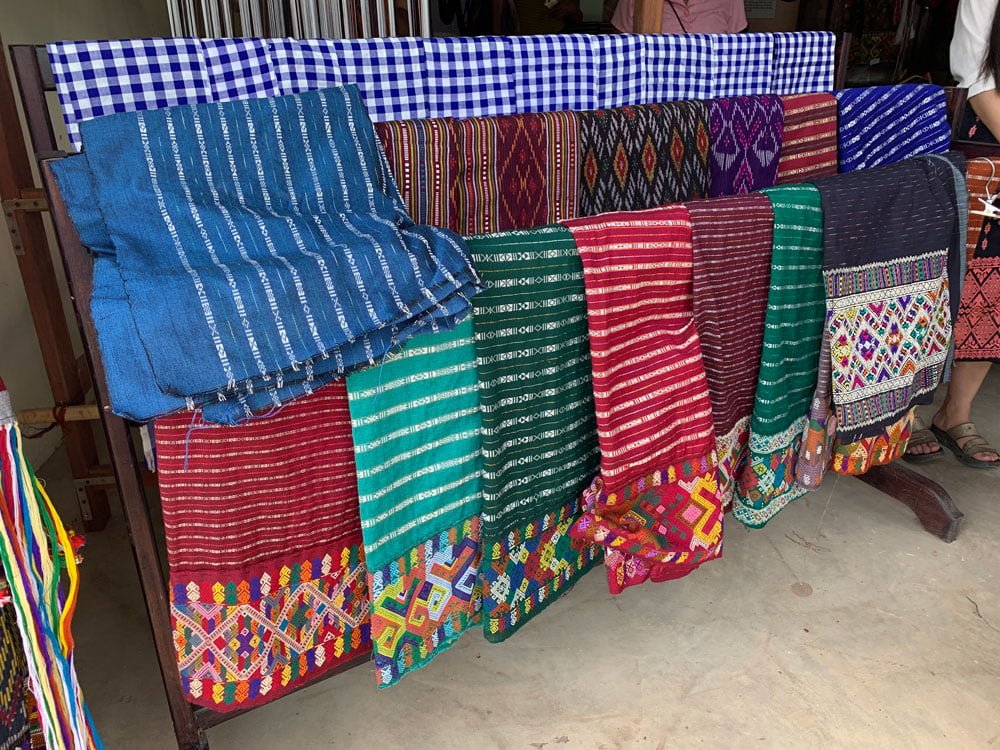

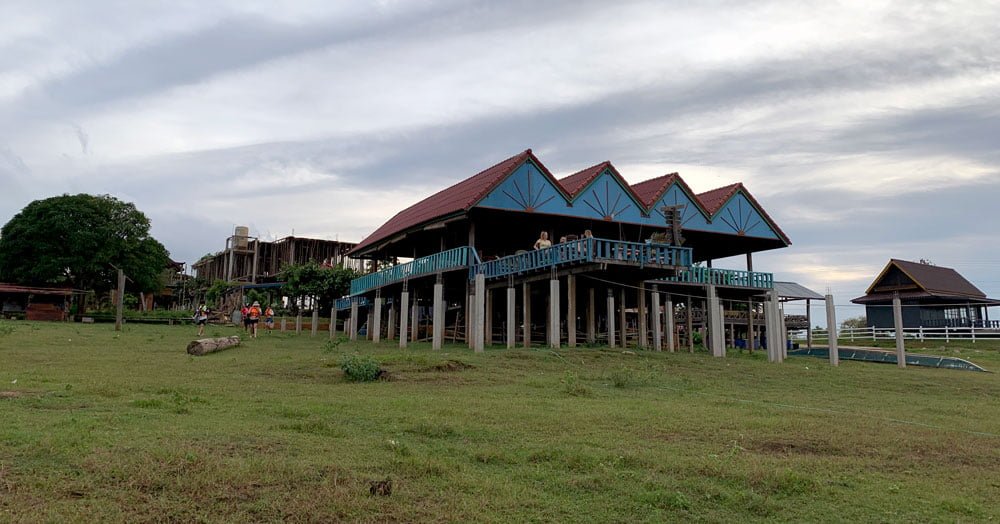

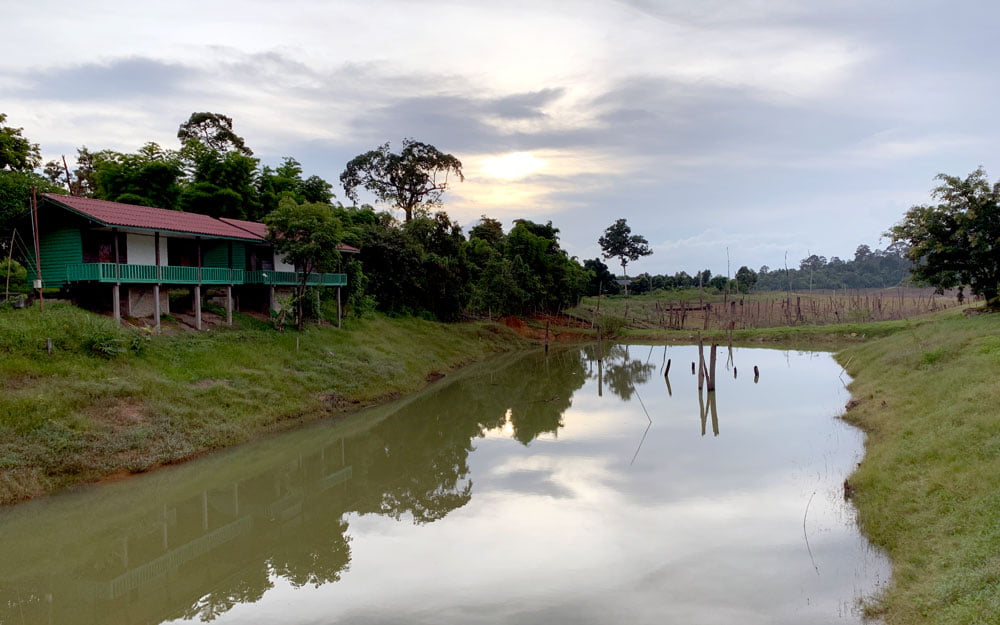
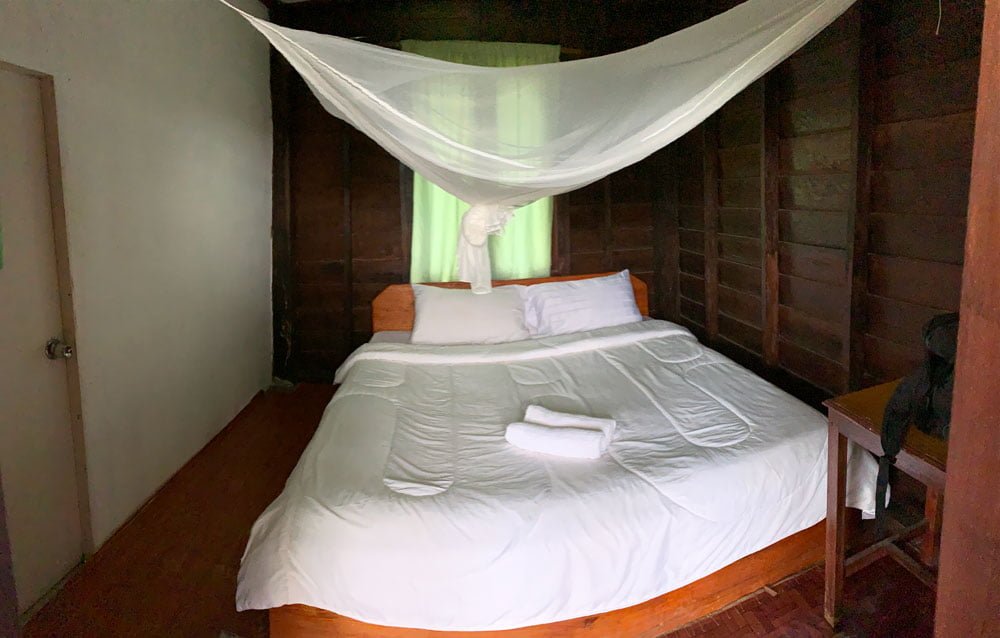
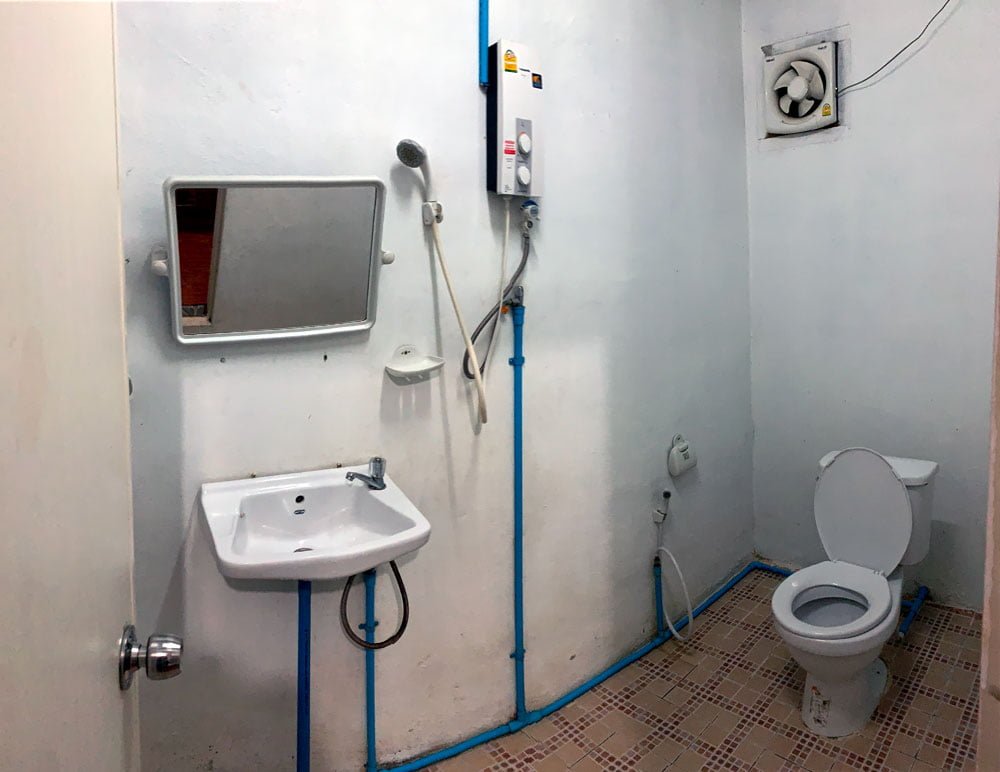

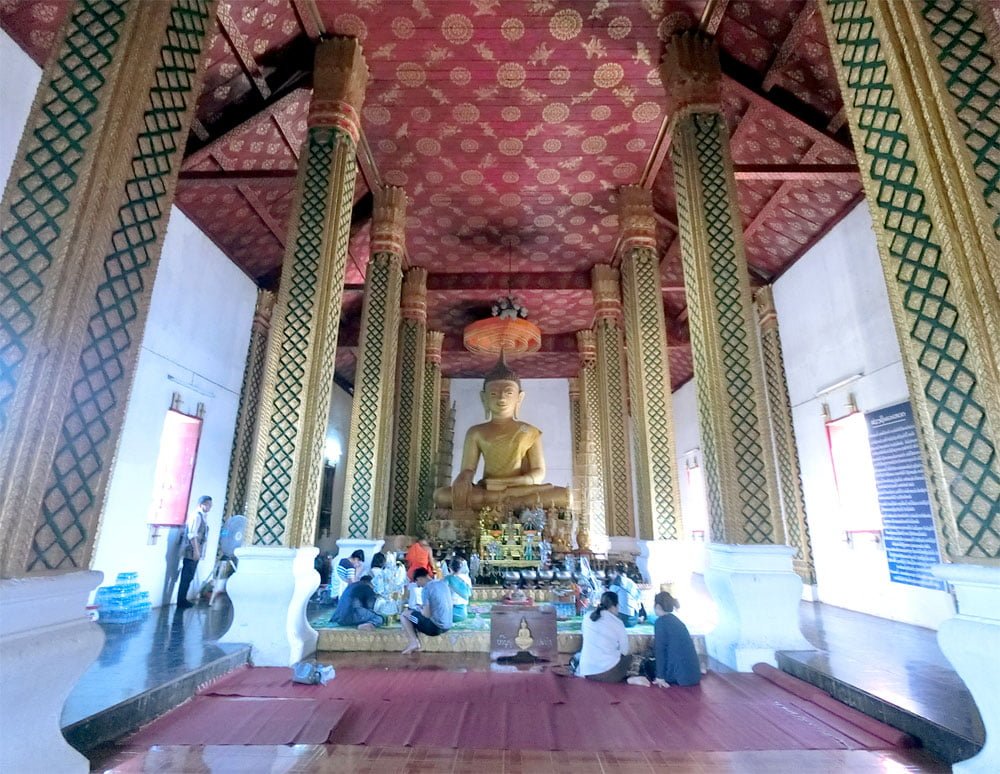
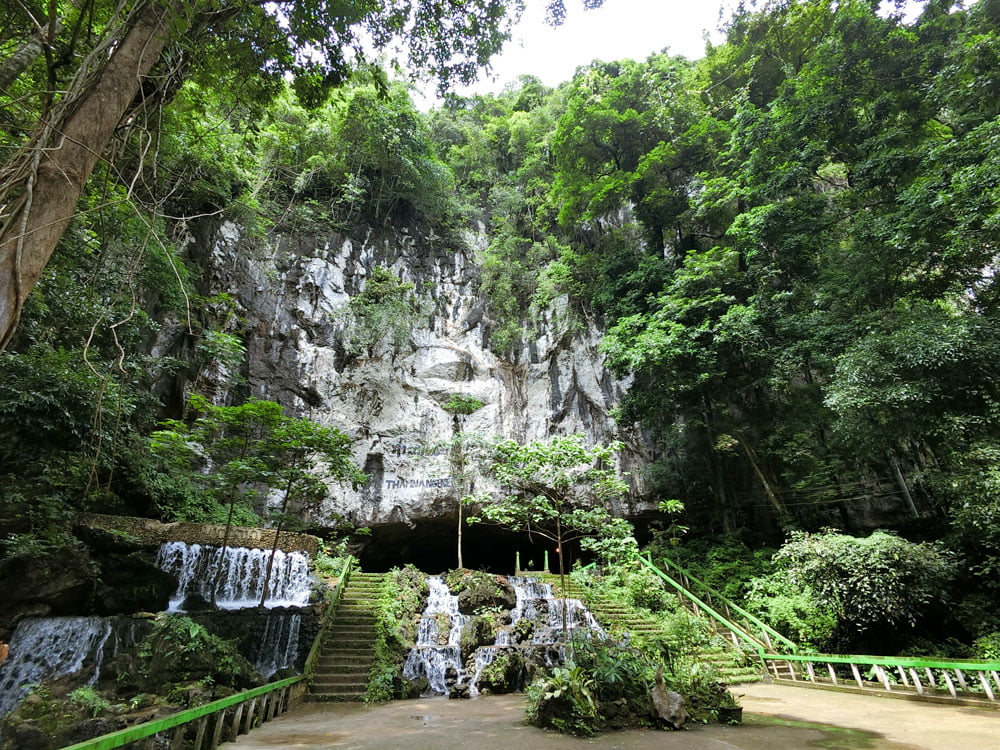
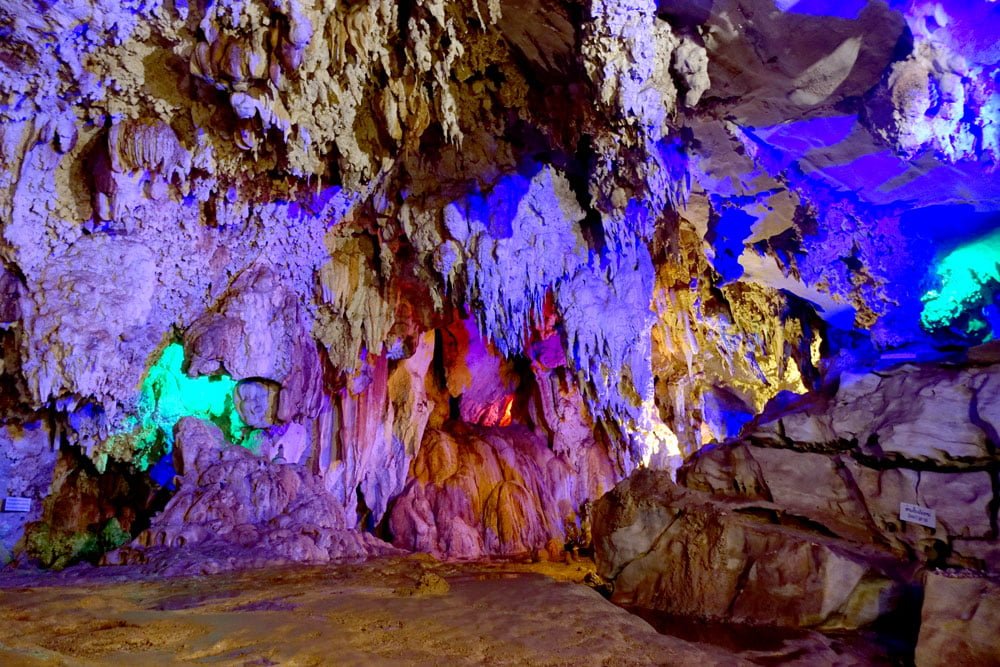
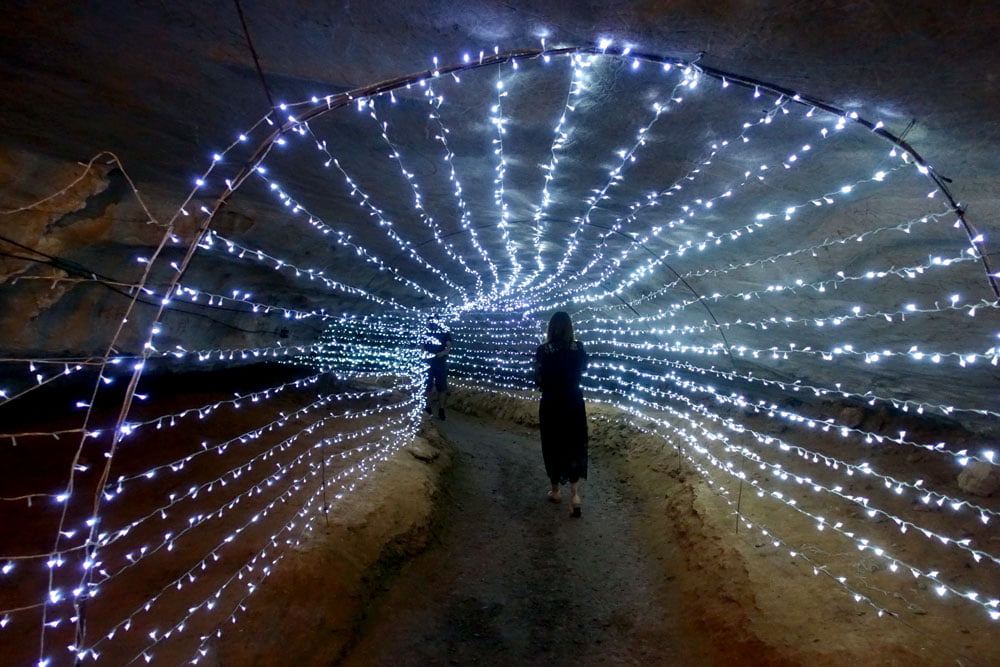

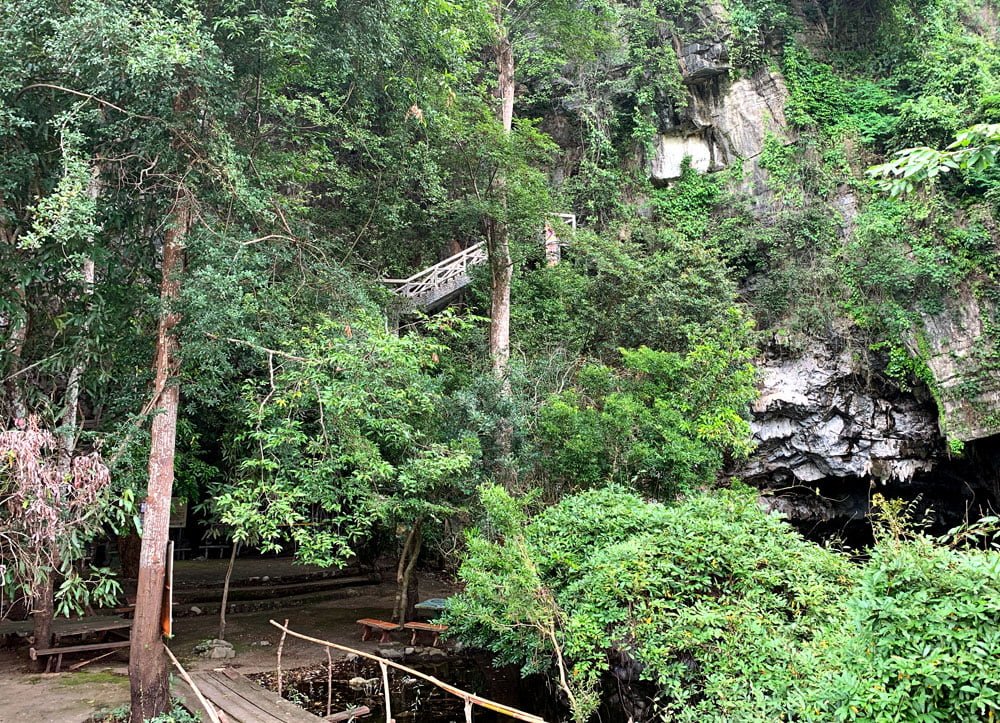
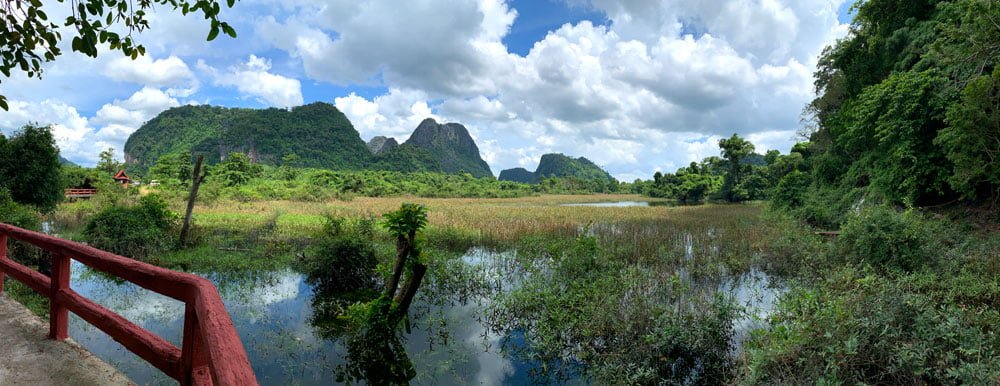
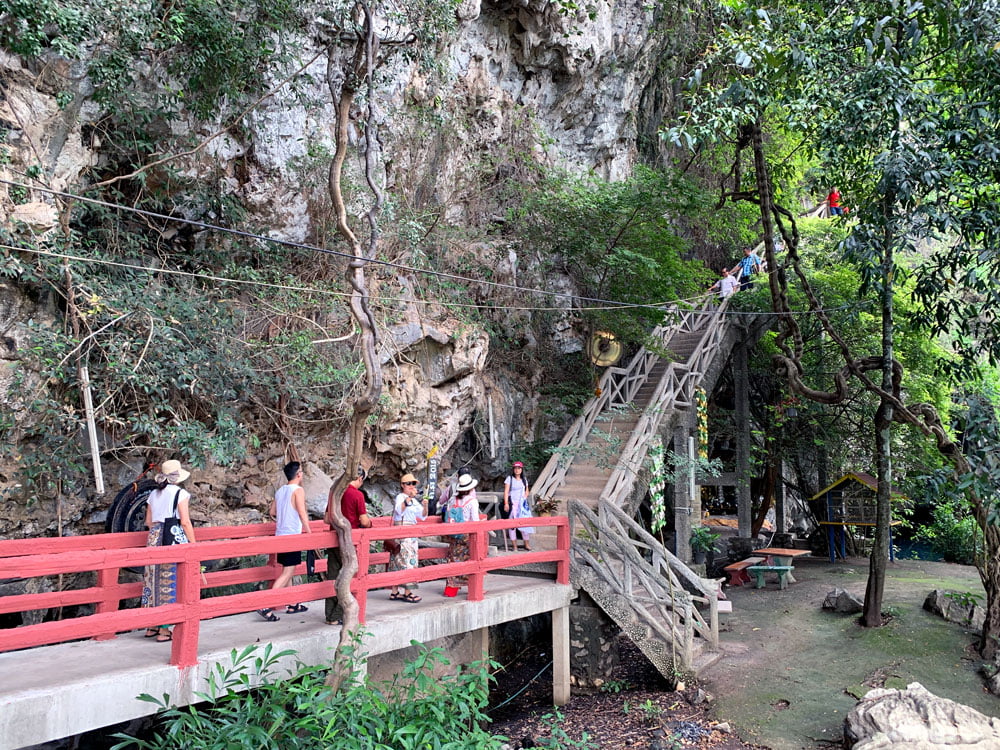


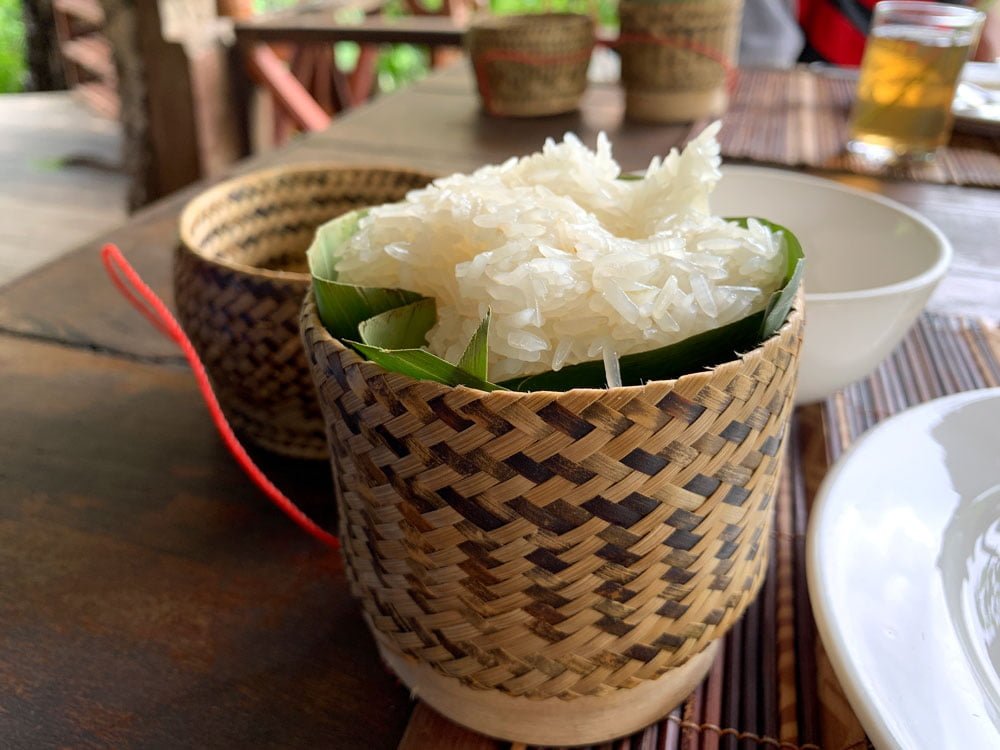



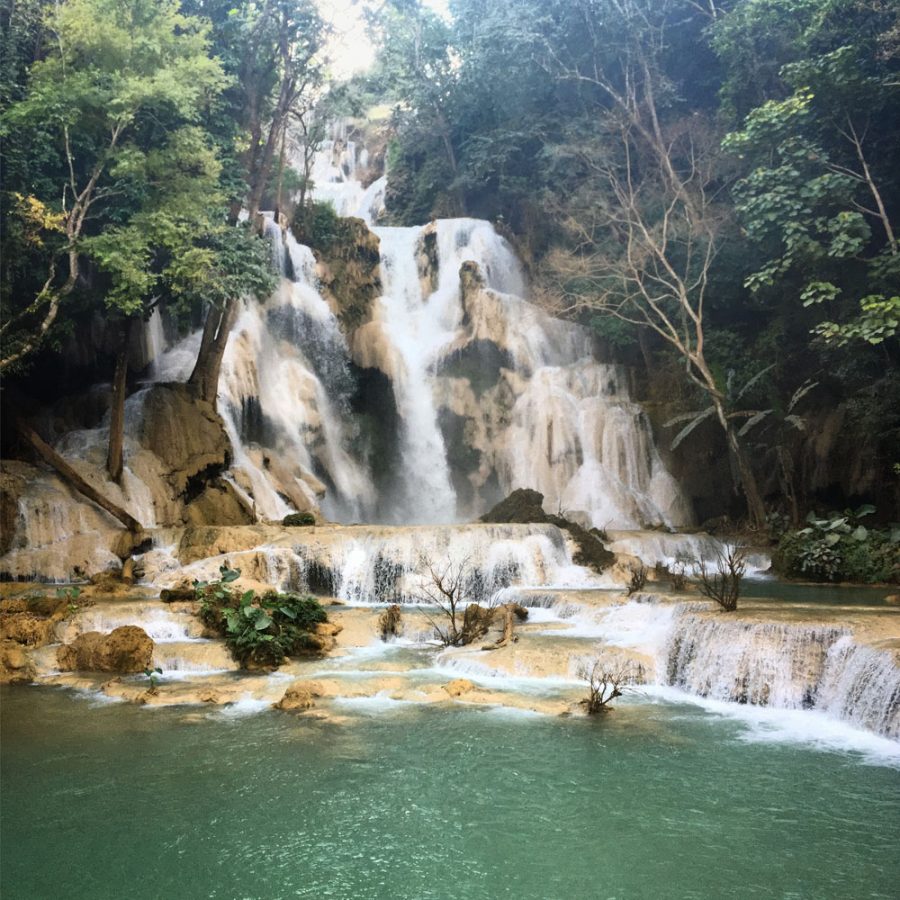

Tobias
Saturday 12th of October 2019
I was thinking by myself of a trip to that country. Now I can see that there are some nice spots to explore. Thank you very much for sharing your experiences at Laos.
Jaclynn Seah
Monday 28th of October 2019
Have a great trip in Laos!